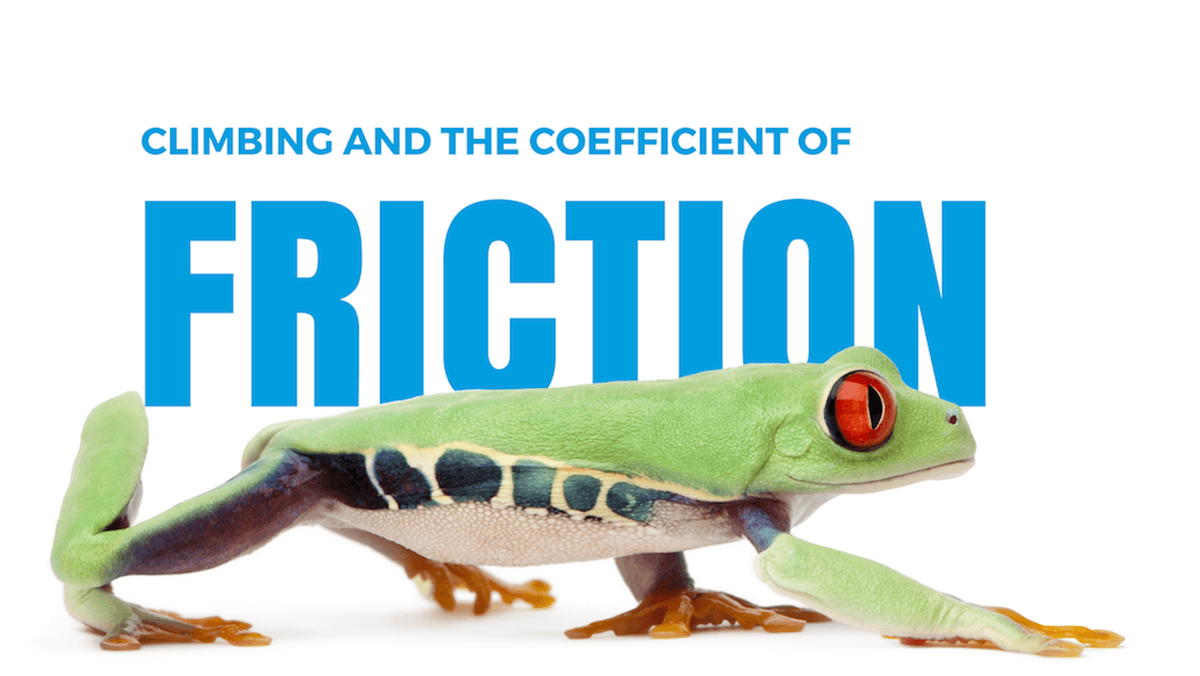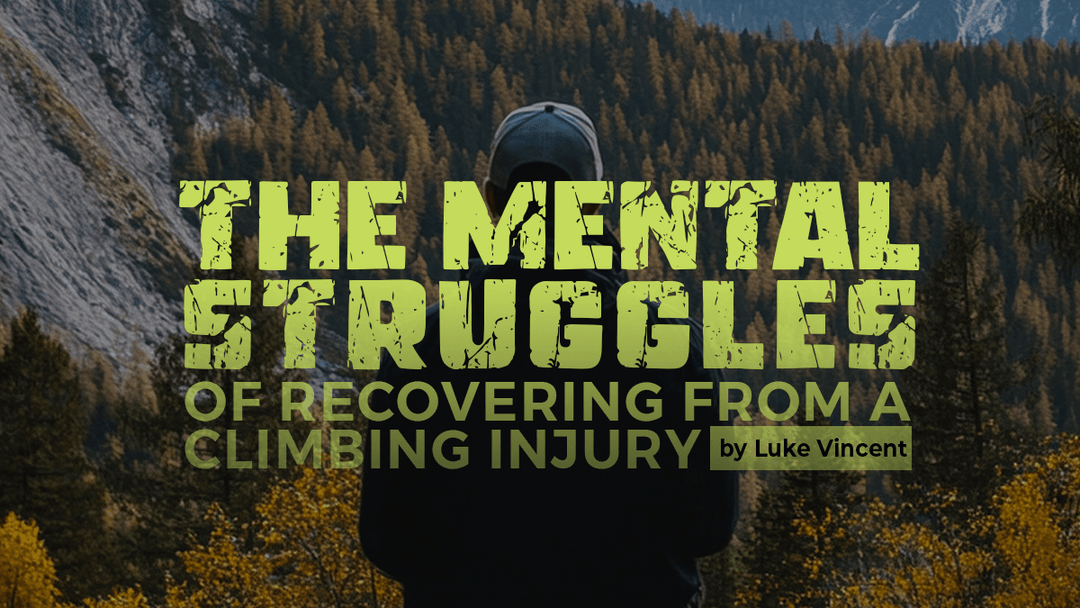Climbing and the Coefficient of Friction

Coefficient of Friction
The coefficient of friction relates to the angle of the incline, roughness of the rock wall and how much force climbers have to exert to support their body weight. The downward force of gravity also influences how much energy you need to exert while moving your body upward.
Static and kinetic frictions make up coefficient calculations. Static coefficient refers to a motionless body, while kinetic friction refers to bodies in motion. Not all friction is equal. According to Universe Today:
“The coefficient of friction is not always the same for objects that are motionless and objects that are in motion; motionless objects often experience more friction than moving ones, requiring more force to put them in motion than to sustain them in motion.”
Keeping this definition of coefficient friction in mind, you can see how climbing shoes provide the friction you need to move from a standstill to moving upward, using the least amount of effort.
Benefits of Climbing Shoes

Friction is the main reason climbers can adhere to rock walls, similar to the way a tree frog adheres to trees with tiny hairs that cause friction. Humans do not have the benefits of hairy toe pads, so they must rely on climbing shoes with rubber soles to provide the friction needed for edging and smearing. Specialized climbing shoes prevent your feet from slipping while gravity pulls you downward.
Using correct climbing technique allows your climbing shoes to do most of the work, so you do not overexert your muscles and tire as quickly. Using friction, your shoes give your toes secure placement when edging. If you cannot find an edge and resort to smearing, sticky rubber found on climbing shoes provides enhanced foot coverage and the extra pressure needed to allow friction to work in your favor. The more shoe rubber that meets the rock wall, the more friction will keep you from slipping. In this way, you can rely on the strength of your legs to push your way upward, rather than exhausting your arms and shoulders.
Trust Your Climbing Shoes
If you trust your climbing shoes, you can stand on scant edges, no matter how steep the rock wall. Even experienced climbers need shoes they can trust to spread over the wall surface and use toe and heel hooking when necessary.
All features of the climbing shoe help you use friction to prevent slips and falls. The sole of the shoe uses specialized rubber blends and thicknesses depending on the type of climbing you do. There are four parts to climbing shoe soles: outsole, midsole, insole, and rand.
The rubber for the outsole covers the area where your foot meets the rock. The rubber thickness varies, depending on the style of shoe and the amount of friction needed for the climb. The midsole provides stiffness to the shoe and goes over the rubber sole. Its flexibility and durability hold up to flexion pressure. The insole goes over the midsole, while the rand covers the edge of the sole and the front half the shoe. The rand has sticky rubber for applying friction when wedging your toe into small cracks.
We all know that climbing is more than just friction, but good shoes certainly help! If you are ready to get into the highest performing most comfortable shoes available, then check our climbing shoe collections.




